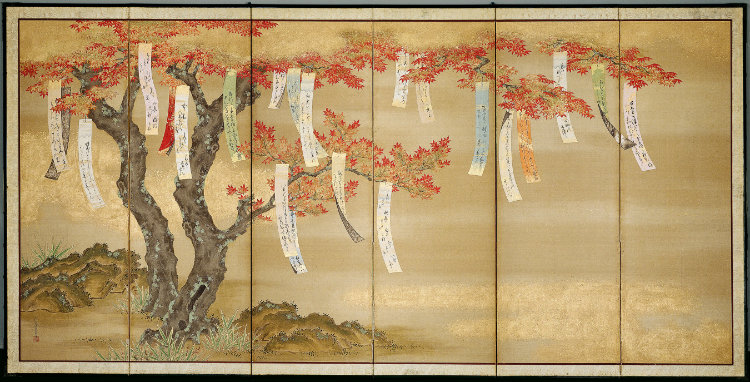
And what better place in your home to apply these looks and feelings than in the kitchen – a place in everyone’s home that can be busy, untidy, hot and cluttered on a daily basis. If you’re not inspired to cook because you can’t easily find the tools you need, or if you’re convinced you don’t have ample space to prepare a meal, resulting in your emotional and physical health being overwhelmed.

Pure, clean, uncluttered and balanced are all words that can be used to describe Japanese-style interiors with a minimalistic flair. Very related to the previous point, Japan loves space and optimal use of it, hence Japanese people perfect their attitude towards danshari, a Japanese concept of decluttering: danshari – 断捨離 Looking at an arrangement of components in terms of negative space – the areas that are empty – is a lesson taught in drawing and painting because what is not there is just as important, if not more, than what is there. One way to think about it is in a space that feels chaotic with clutter, it’s not about there being too many things, but about there being not enough Ma. But by focusing on and expanding the space in which there is nothing or little next to it, the things you decide to keep there get prioritised and valued. It’s hard for us to value things when we live in an abundance of choice, surrounded by chaos. In a home like in a life where there are too many things, nothing is highlighted. While removing, say, a scarf, might not reveal negative space, it does make room for the other accessories to shine. “Before you leave the house, look in the mirror and take one thing off.” And actually beyond it can be found in most aspects of Japanese life. And it is relished in everything from interiors, architecture and garden design to music, flower arrangement and poetry. It is about negative space, voids, emptiness. In Japan, the go-to aesthetic could easily be called amor vacuii … a love of emptiness, because that’s what fuels the cultural concept known as “Ma Ma” (pronounced “maah”) is a celebration of not things, but the space between them. Here are six lessons we’ve learned from our Japanese friends and incorporated into our lives – we hope you will make good use of them too: While in the West we’re all madly trying to be more, buy more, achieve more and earn more, we’re finally catching on that living simply is essential to being able to enjoy abundance, minus the stress. No surprise that their hottest export right now is de-cluttering expert Marie Kondo, who can fold a T-shirt like nobody’s business. When you consider that Japan squeezes twice the population into a country a little bit bigger than the United Kingdom area, there is not an extra inch of space for junk. But the popular movement of less-is-more, which dates back to the 1960s, has since seeped into various facets of our lives. So, what’s the motivation behind the sartorial side of the trend? Decluttering our lives and living and breathing stress-free simplicity. Here are five easy ways to have more time, eat better, dress better and relax without really thinking about it.

Minimalism has long been associated with art.

The contrasts come from a neutral palate against dashes of colour textured monochromatic fabrics blended with abstract golden prints (exactly like our kintsugi dinnerset). We believe that nature is timelessness and simplicity – hence we incorporated it to our core brand values – clean, complementary lines that are sculpted with architectural flair. Because we’ve started our Japanese adventure with handmade knives, we focus on three natural materials: wood, stone and steel.

Simplicity and functionality are at the core of anything we source, produce and sell. Both cultures favour a cheerful, unadorned aesthetic that we at Oishya love so much. Like Scandinavia, Japan upholds design principles that use natural materials, clean lines, and straightforward construction or cut. However, Scandinavians were not the only one who are in love simplicity – just look at Japan.ĭespite their vast distance, Japan and Sweden have similar design sensibilities. In last years Europe has created a fascination for Scandinavian minimalism and simple, natural living.


 0 kommentar(er)
0 kommentar(er)
